When Whaling is Your Tradition
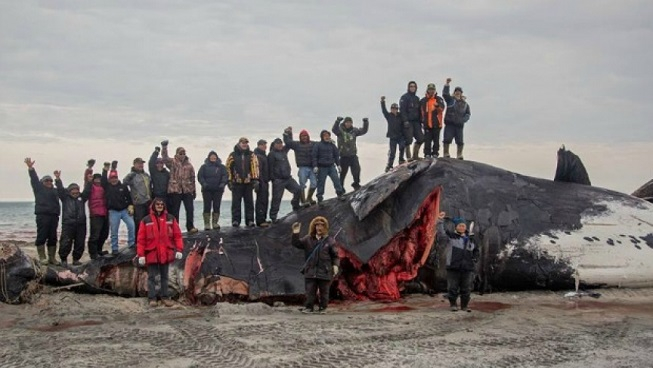
Guest blog written by Environmental Visual Communication student Ursula McClintock.
In some Indigenous communities around the world, whaling is as much a part of their tradition as my family’s turkey dinner at Thanksgiving and Christmas. Whale hunting has played an integral role in feeding Inuit communities for millennia.
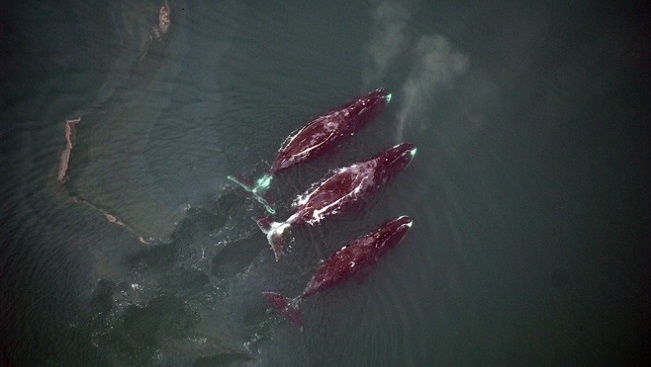
This and other traditional hunting practices have been disrupted by governmental regulations and civilian protests against whaling, such as those carried out by Greenpeace since the 1970’s. Bowhead whales, among many other species of whales, were hunted to near extinction at the turn of the 20th century. Yet more often than not, Indigenous communities are cast in the same light as the commercial groups that are responsible for the near collapse of populations of these iconic marine animals.
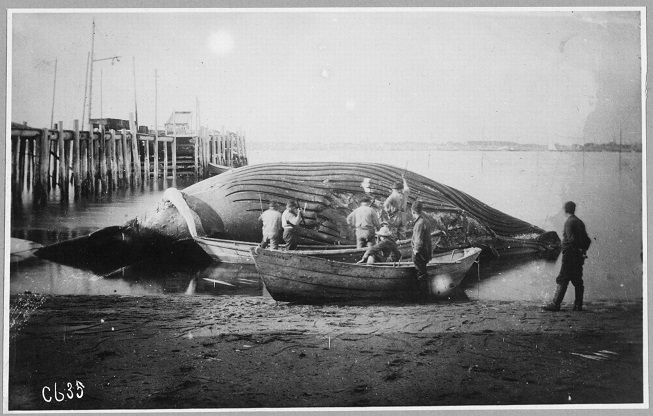
The Inuit are not the only group participating in what is known as “aboriginal subsistence whaling”. The conservation and management of whaling is overseen by the International Whaling Commission (IWC), an inter-governmental regulatory organisation created in 1946. The IWC allows aboriginal subsistence whaling, and permits the trade of whale products for money but emphasises that the majority of the whale products should be used within the local community. Indigenous communities in Alaska, Greenland, Chukotka (Russia), and Bequia (Grenadines) are regulated under this section of the IWC. In 1982 Canada left the IWC in response to the moratorium on whaling, and because of Canada’s lack of ''any direct interest in the whaling industry or in the related activities of the commission” (New York Times, June 1981). Now lacking international recognition, traditional Inuit whaling practices in Canada were seen as illegal, despite fitting the requirements of the IWC’s subsistence whaling guidelines. Most Inuit communities have voluntarily limited or ceased traditional whale hunting activities since the late 1970s, and they hadn’t hunted a bowhead whale in over 100 years.
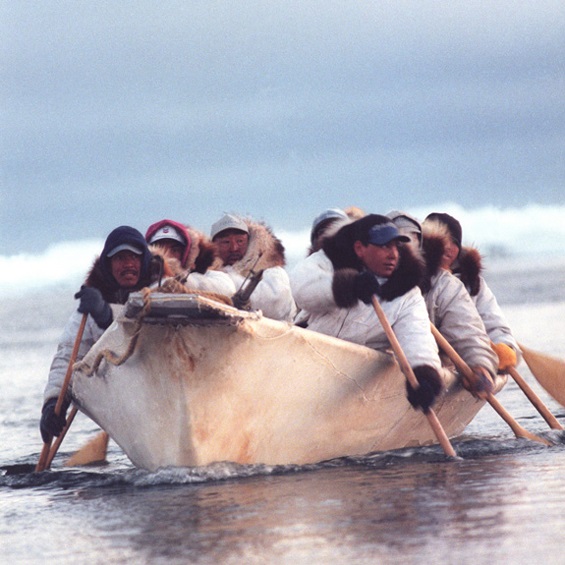
These decisions still affect Inuit communities to this day. A necessity of the land they live on, Inuit culture has always been a hunting culture, and one that has never been more significant for long-term survival. Cost of food, gas, and every basic supply is growing across the Canadian Arctic, and has brought this tradition to the forefront of national attention and scrutiny. In the years after Canada’s decision to leave the IWC, and the consequences it brought for the independence of the Inuit, longstanding efforts by the Inuit to manage wildlife in the Arctic were formalised. The creation of Nunavut, first beginning in 1993 through the Nunavut Land Claims Agreement, and the complete establishment of the territory of Nunavut in 1999, was a success decades in the making for Indigenous self-determination.
The Nunavut Land Claims Agreement was a tremendous step in reclaiming and recognising the wildlife management practices of the Inuit, where whaling practices and animal management were recognised formally by the treaty. The Agreement recognises the contributions of the Inuit to Canada’s history, identity and sovereignty of the Arctic. Among other things, the Agreement created the Nunavut Wildlife Management Board (NWMB), which monitors the harvesting of all animals in Nunavut, including Bowhead whales. As one of the most robust wildlife management regiments in the world, the NWMB put into place a management system to ensure both the recovery of Bowhead stocks, previously depleted by non-Inuit whaling practices during the late 19th- and early 20th centuries, and the health and sustainability of Inuit communities across the Arctic.
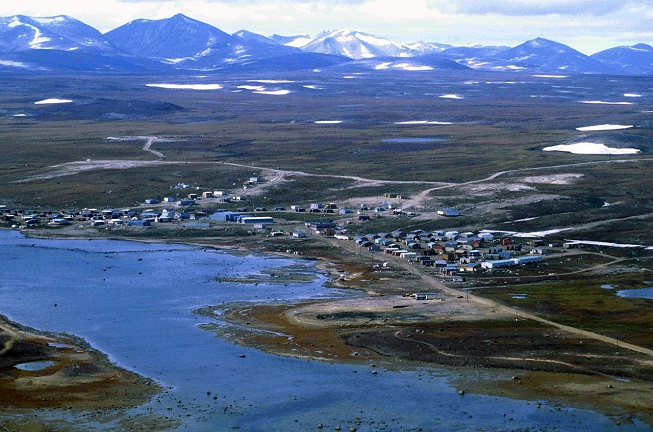
As we move beyond Canada’s 150th year and the celebration of Canadian history and culture, the importance of reconciliation with our Indigenous populations has never been more important. Canada’s colonial past and present has created a culture of intergenerational trauma in our Indigenous communities which affects the daily survival of whole communities. Supporting Indigenous wildlife management systems and rights to self-determination can help to lift up communities. We can use culture and traditional ecological knowledge to reinforce conservation practices. Restoring and supporting traditional Inuit whaling practices would allow for social, economic, and political reconciliation in many communities who continue to advocate for their traditional way of life. Bringing Inuit voices to marine conservation programmes and policy negotiations is a step in the right direction. In order to do so, some of the stigmas around whaling must be conceptualised.
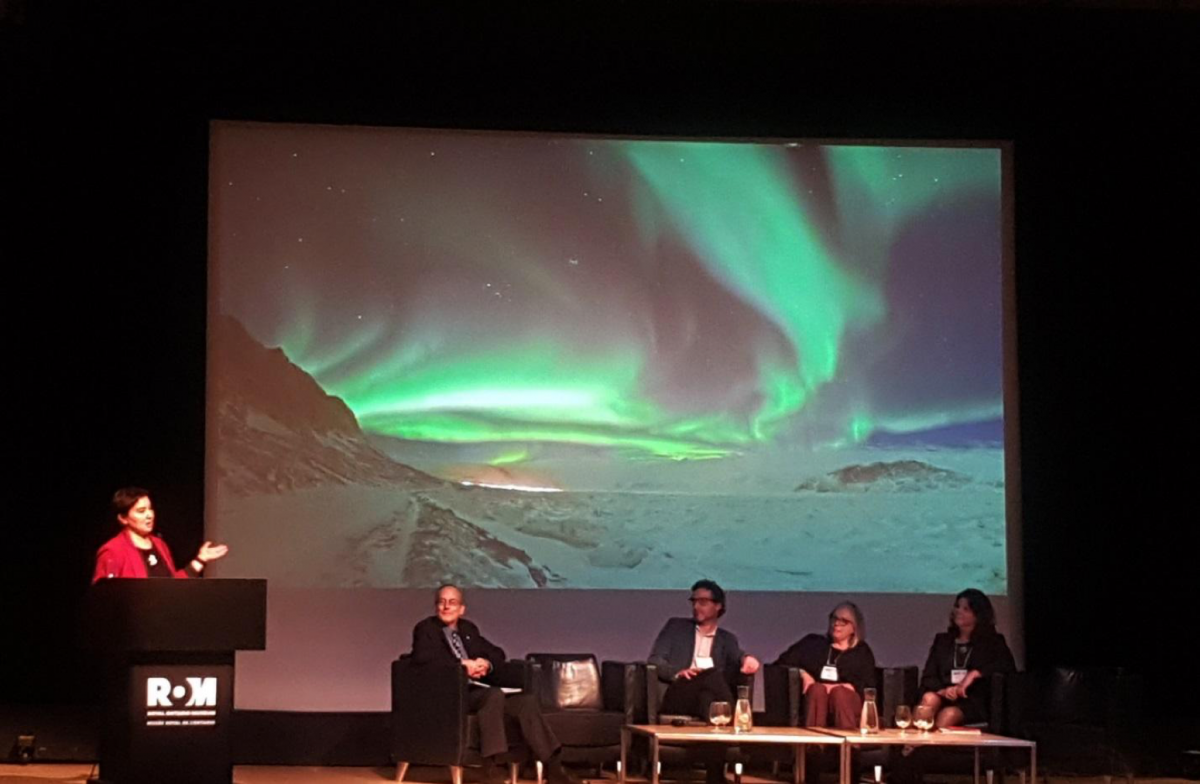
In late 2017, the ROM hosted the Canada’s Oceans: Towards 2020 symposium, which brought together more than twenty five of Canada’s top ocean scientists, Indigenous leaders, policy-makers, communicators, and advocates to discuss the future of our oceans. One of the strongest messages that came out of the presentations and discussions was that reconciliation with Indigenous peoples in Canada has an important role to play in protecting the marine environment. More than that, the conservation of our oceans and the diverse species and coastal communities that call it home, is about a reconciliation and reconnection for all of us - with our planet. Proposed revisions to Canada’s Fisheries Act are aiming to add Indigenous voices to the decisions made to the act, noting that the committee may consider “cooperation” with any Indigenous governing body (MONDAQ, Feb 8, 2018). Traditional whaling is one of the ways Inuit communities in Canada are able to fulfill this reconnection with their local environment. In the face of uncertainty with climate change and other global threats to our oceans, we need resilient Arctic communities who are rooted firmly to their land and traditions.
Additional Resources:
To learn more about Sandra Inutiq, life in the Arctic, and intiatives of Inuit communities, visit the Qikiqtani Inuit Association website.
To view stunning images of whales and other wild animals from across the globe, visit The Wildlife Photographer of the Year Exhibition at the ROM, on until March 18, 2018.
